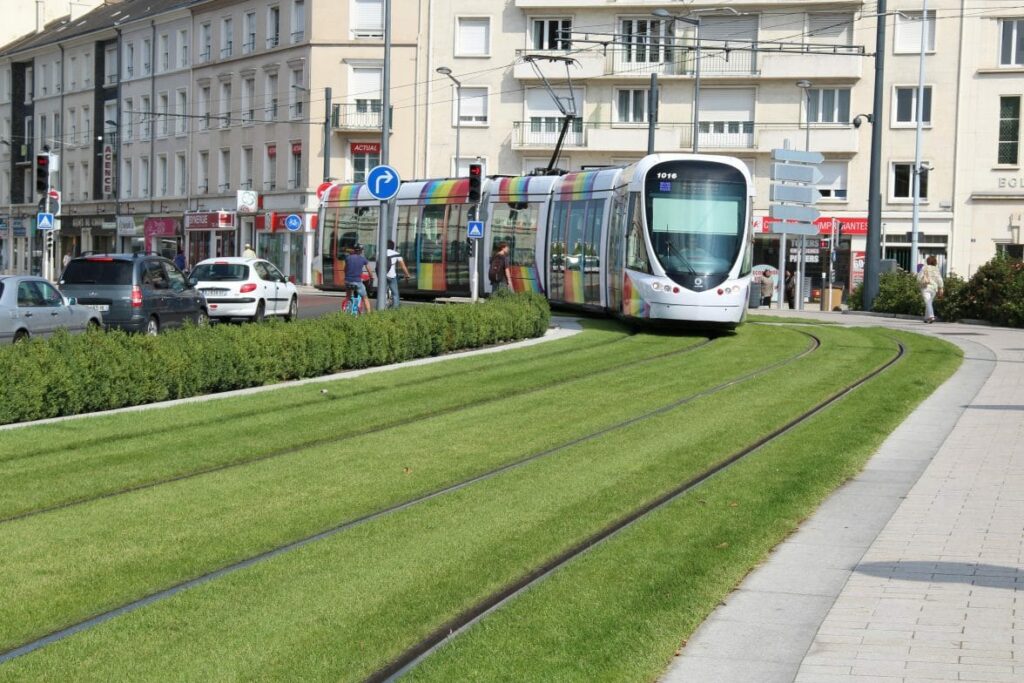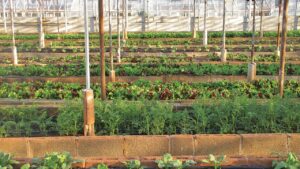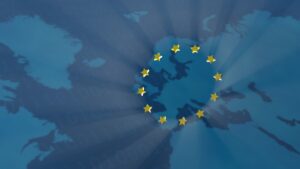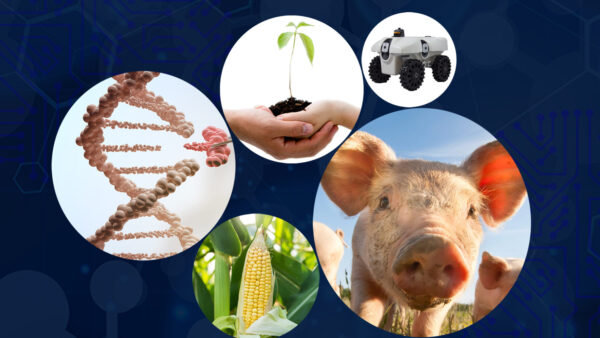The heat wave in May and June 2018 remind us of the associated phenomenon called “heat islands” in many European cities. The accumulation of heat by stones concrete and asphalt, prevents the air from cooling during the night, and causes temperature differences of up to 8¬∞C between cities and the countryside. It is one of the reasons, why architects and urban planners look at grass properties as a tool to improve sustainability in city environments.
Thanks to the transpiration of plants, lawns bring freshness sought by the city dwellers. Plants have a lower average temperature of 10°C compared to asphalt and thus dissipate heat spikes in urban areas. Natural grass then appears as one of the solutions to fight against global warming in the city.
Better air quality in the city is also possible with the establishment of lawns. They capture CO2 emissions from cars at the rate of 30 vehicles per 10,000 m² of grass. They also have a role of collecting dust and dirt present in the ambient air, three to six times more effectively than bare ground. In addition, their abundant grass roots fix and improve soil structure, reducing erosion by water and wind. With respect to water, grass roots also act as a natural filter, and participate in the depollution of rainwater.
Urban grasslands, which are becoming more common in the city, have the same advantages as lawns. Composed of a greater number of plant and even floral species, they also have an ecological role and help to maintain biodiversity and pollinators in the city.
Finally, lawns have a positive impact on the well-being and health of the inhabitants. Studies have shown that the fragrance and grass contact have soothing properties and reduce anxiety and stress related to urban life. In addition, lawns offer a sports and recreation area, physically and psychologically beneficial, vital for contemporary society, especially in densely populated urban areas. Grass areas also contribute to improving the quality of life in cities by reducing noise and light reflection. As an example, major French cities have for several years made initiatives to reduce noise, and the city of Paris is already encouraging these measures through the 2007-2020 revegetation plan.
In the current context of climate change, the reintroduction of plants in urban development is the subject of many reflections. By integrating these environmental criteria into our breeding programs, or by searching for new plant associations in the mixtures we offer, seed companies contribute to the use of natural lawns for the benefit of climate and environment, for health and the well-being of the inhabitants.









